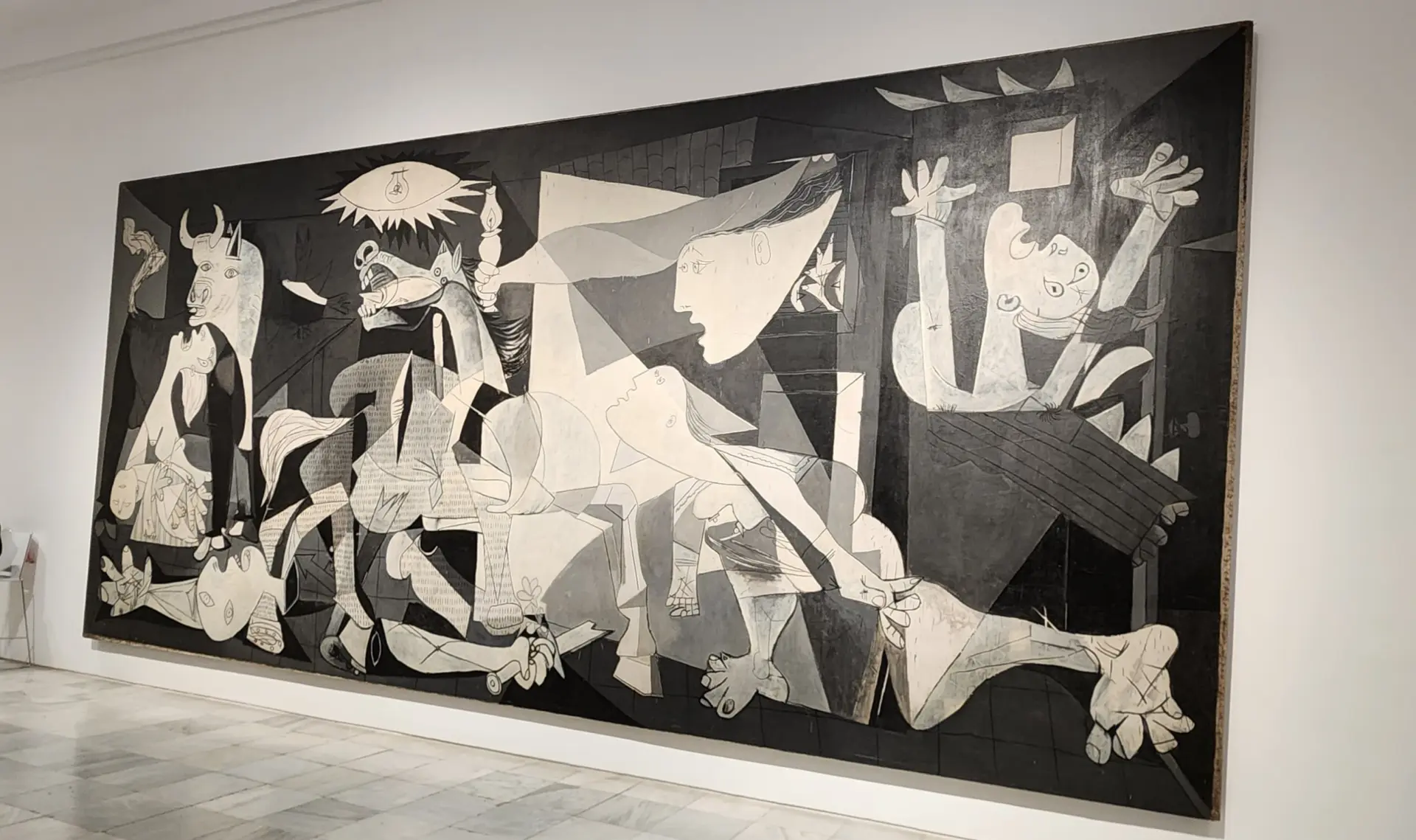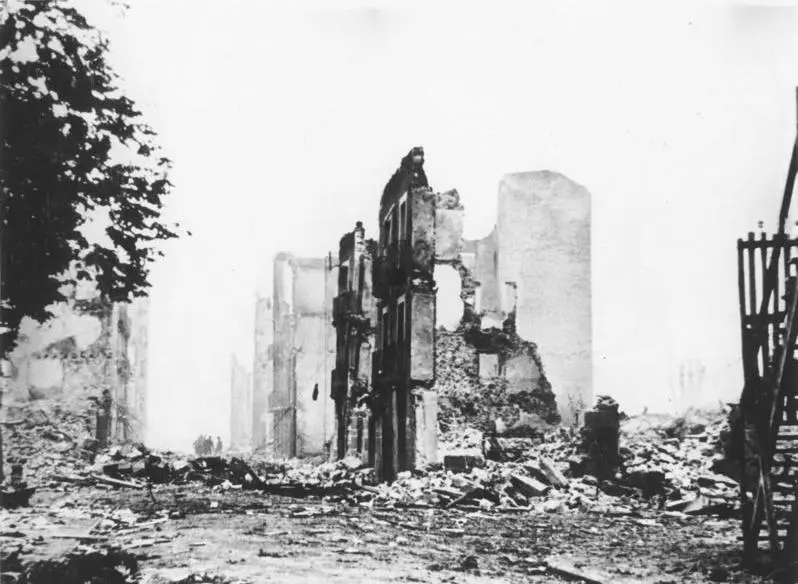Hello, art lovers and cultural enthusiasts! 🎨 It’s Bubbly here, bringing you a deep dive into one of the most powerful and iconic paintings of the 20th century—Pablo Picasso’s Guernica (1937). This monumental work, now housed in the Reina Sofia Museum in Madrid, is not only a masterpiece of modern art but also a profound anti-war statement that continues to resonate with viewers around the world. Let’s explore its history, symbolism, and enduring significance.

The Historical Context
Guernica was created in response to the horrific bombing of the Basque town of Guernica during the Spanish Civil War on April 26, 1937. The attack, carried out by Nazi Germany’s Luftwaffe, was one of the first large-scale bombings of civilians, leading to immense devastation and loss of life. Commissioned by the Republican government for the 1937 World’s Fair in Paris, Picasso’s painting became a powerful statement against the brutality of war.

The Painting’s Imagery and Symbolism
At first glance, Guernica is chaotic and overwhelming, with its disjointed figures, twisted bodies, and haunting faces. Picasso used a monochromatic palette of grays, blacks, and whites, intensifying the sense of despair. Each element of the painting is loaded with symbolism:
- The Bull and the Horse: The bull, often a symbol of Spain, could represent brutality and darkness, while the agonized horse is seen as the suffering of the people.
- The Lightbulb: A symbol of the bomb itself or the cold, technological aspect of warfare.
- The Women: Women wailing in despair, a mother clutching her dead child, and the outstretched hands convey the human cost of the tragedy.
- The Soldier: The fallen soldier at the bottom of the painting represents the death of resistance and the fragility of humanity.
Each of these elements comes together to depict not just the destruction of Guernica but also the suffering and devastation that war inflicts on innocent civilians.
The Importance of Guernica Today
Though it was created in response to a specific event, Guernica has become a timeless symbol of the horrors of war. Its message transcends borders, making it one of the most universally recognized anti-war paintings in history. The piece continues to serve as a reminder of the importance of peace and the destructive nature of violence.
Why You Should See Guernica
Seeing Guernica in person is a moving experience. Standing before its towering 11.5 feet tall and 25.6 feet wide canvas, you’re enveloped in its emotional depth. This is more than just a painting; it’s a testament to the resilience of the human spirit and the power of art to convey complex emotions and historical events.
If you’re planning to visit the Reina Sofia Museum in Madrid, don’t miss this extraordinary work. And for a deeper dive into my personal experience at the museum, check out my other post on the Reina Sofia!
Until next time, stay curious, keep exploring, and never stop seeking beauty in the world around us! 💫
Xoxo,
Bubbly 🎈

